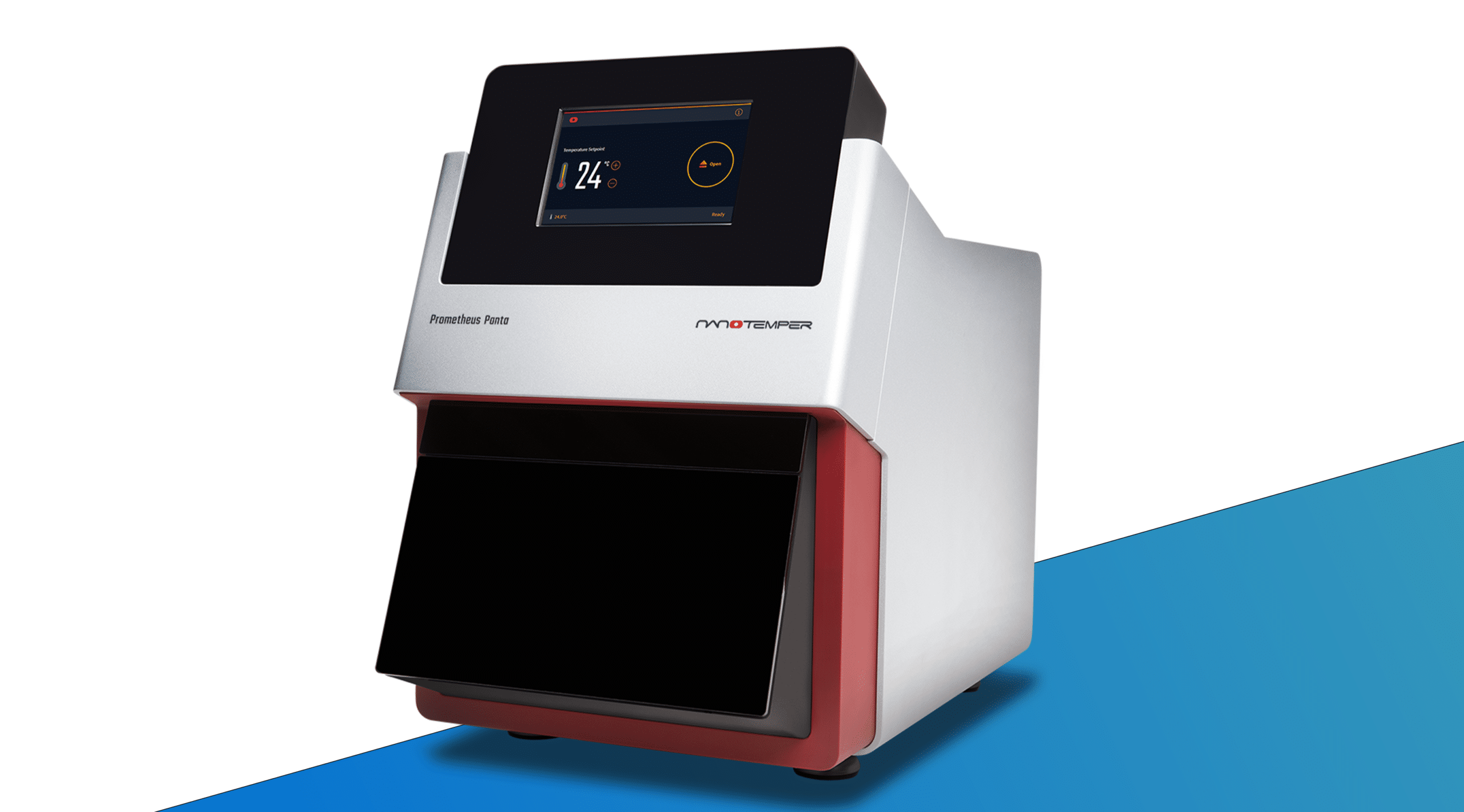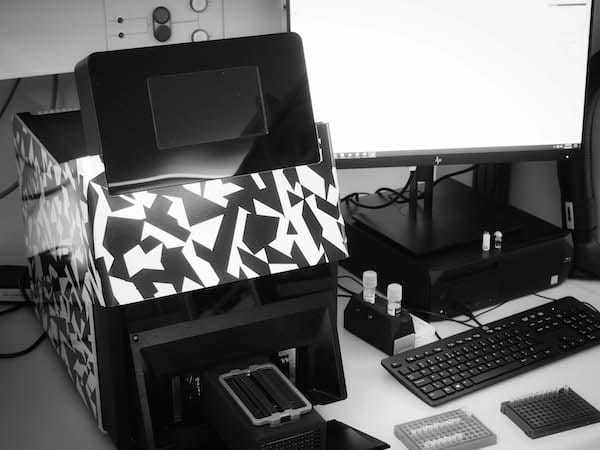The NanoTemper Story – Chapter 6: The Prometheus Panta

Take a moment to consider what it would have been like to be a researcher in your field a hundred, fifty, or even twenty years ago. The technology that enables us to make scientific progress is leaps and bounds ahead of what scientists used in the last century. Think how we’ve made it cheap and easy to sequence an entire gene, how we can use bacteria and insect cells to make the proteins we need, and how the internet has made huge mines of data available to everyone. Yes, science is what enables us to better understand the world around us, but technology is how we use that information to change our future.
Things are no different here at NanoTemper, where we are always looking for ways to improve our technology. We looked at the PR (Prometheus), which has already become a leading example in defining challenging protein stability characterization with its 微量差示扫描荧光技术(nanoDSF) technology, and asked how it could give researchers even more information about their proteins. Discussion with customers and examining the literature showed the same thing: researchers wanted Dynamic Light Scattering (DLS) technology to tell them more about protein and aggregation sizes. But there’s a catch: DLS technology can take up a lot of space and be slow. How could we integrate this feature without sacrificing data quality from nanoDSF?
All-encompassing data
NanoTemper set out to incorporate DLS into its Prometheus instrumentation. With a lot of blood, sweat, and tears from our engineers, we succeeded. New advances in technology make the DLS integrated into the Prometheus design the most dynamic available, and allows researchers to get information about higher-order oligomers and changes in their protein’s shape and size distribution, all without sacrificing the quality of data users came to expect from nanoDSF.
The integration of a new technology meant it was time to revisit the Prometheus’s name. No longer is it just about heat or adding fire to your research. With the addition of DLS capabilities, the Prometheus can do more, offer more information about your protein’s behavior and stability. DLS offers additional parameters such as the polydispersity index (PDI) and hydrodynamic radius (rH) of your protein and protein complexes. This added technology means the instrument can really offer solutions for all of your protein stability characterization needs.
In keeping with the Greek-based traditions of naming conventions, this instrument was dubbed the Prometheus Panta. Panta is a Greek term meaning “all” or “whole.” It was chosen because the addition of DLS makes the Prometheus an all-encompassing solution for those who study the biophysical properties of their proteins.
Small package, big gift
Developing the Prometheus Panta was one of the most extensive projects NanoTemper has had to date. Instead of a few guys working out of a university basement (like in the beginning), we had a huge team of dedicated engineers and developers working to integrate DLS into the Prometheus packaging. For fun (and a tongue-in-cheek joke), the prototype instrument was wrapped in the same pattern used for testing pre-released sportscars to prevent their contours and shape from being leaked ahead of launch.

NanoTemper is proud to continue to innovate solutions for the next generations of researchers. Biological research has evolved greatly in the past eleven years since our founding, and we hope to continue to be part of the technology of the future.
